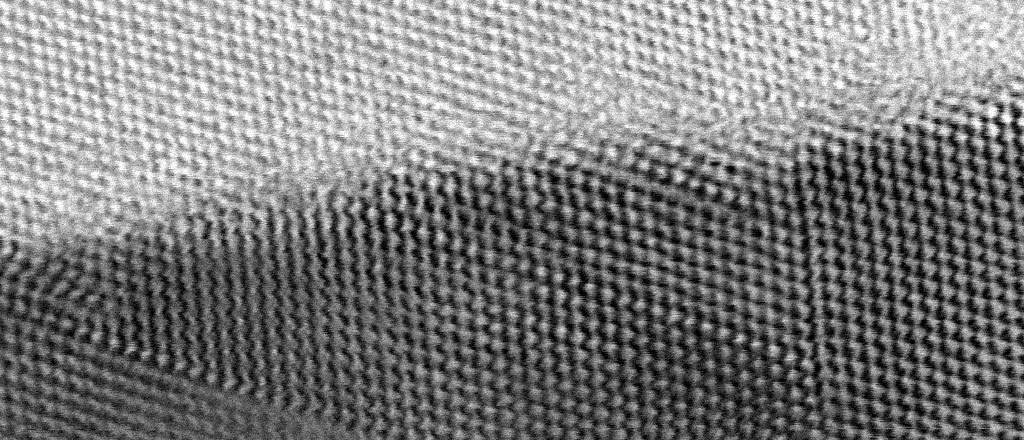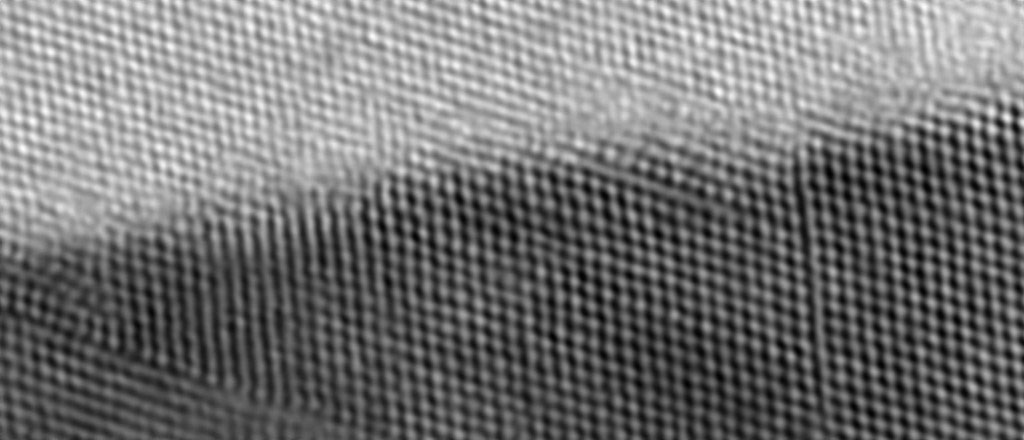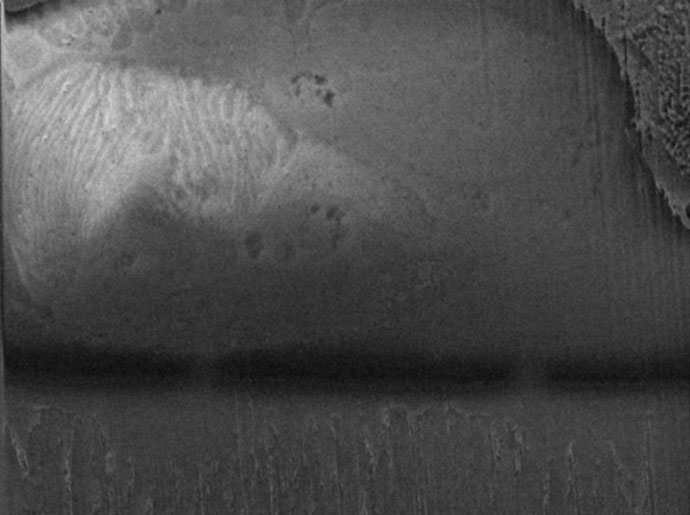Subsampling & Inpainting Algorithm for EM
SenseAI Software
SenseAI is a suite of AI technologies which significantly changes how image sensing is used. SenseAI uses proprietary sub-sampling methodologies, developed at the University of Liverpool, UK, to generate the same high-quality images and video feeds with up to 100x less data.
SenseAI’s sub-sampling technique takes a random sample of the image that is then complemented by an inpainting algorithm. This inpainting algorithm is robust enough to be applied across a wide range of applications and can be easily implemented with the push of a button. The subsampling technique speeds up imaging, reduces beam damage and increases image quality and has found applications in failure analysis of semiconductors, healthcare, biotechnology, nanotechnology and chemical manufacturing.
10X less data
SenseAI requires only 10% of the data to generate the same high-quality images.
Faster imaging
Speeds up imaging in electron microcopy by streamlining image acquisition
Reduced Beam damage
Faster imaging & less data requirements equals lower dosage & reduced beam damage
Talk to an Instrumentation Specialist Today!
Advancing Electron Microscopy with AI
SenseAI employs an ultra-fast implementation of the Beta Process Factor Analysis (BPFA) algorithm, which is designed to learn from a sparse representation of a dataset and subsequently reconstruct the entire dataset. Unlike many conventional algorithms, BPFA functions as a blind inpainting algorithm, enabling it to learn a dictionary from both fully sampled and subsampled data.
A fundamental aspect of the SenseAI workflow is subsampling, a process that intentionally creates incomplete datasets. By capturing a fraction of the data, such as a limited number of pixels within an image, SenseAI can efficiently process and reconstruct subsampled datasets. Subsampling can be achieved through various methods, including modifications to scanning hardware, novel detector designs, or operation in low-signal conditions. In most cases, this approach enhances data acquisition speed leading to faster acquisition and processing times while minimizing potential damage to sensitive materials.
A) ABF STEM image of a Silicon / Cadmium Telluride (Si/CdTe) interface with many defects present. B) Reference image sampled to contain only 10% of the pixels. C) SenseAI reconstruction of the masked data. All critical information retained with only 10% of the electron exposure, in 10% of the imaging time.
SenseAI
Software configurations
SEM - Enhance Your SEM Capabilities with SenseAI
SenseAI SEM significantly enhances the performance of any scanning electron microscope (SEM) by dramatically reducing data acquisition requirements. Through intelligent subsampling, it uses just 10% or less of the data—minimizing beam-induced damage, increasing imaging stability, and accelerating acquisition times.
This efficiency translates directly into faster, higher-quality workflows at reduced operational costs. Researchers and engineers can achieve more accurate results in less time, while conserving both sample integrity and laboratory resources.
SenseAI can be easily added to your existing SEM systems or incorporated into new installations with minimal setup requirements.
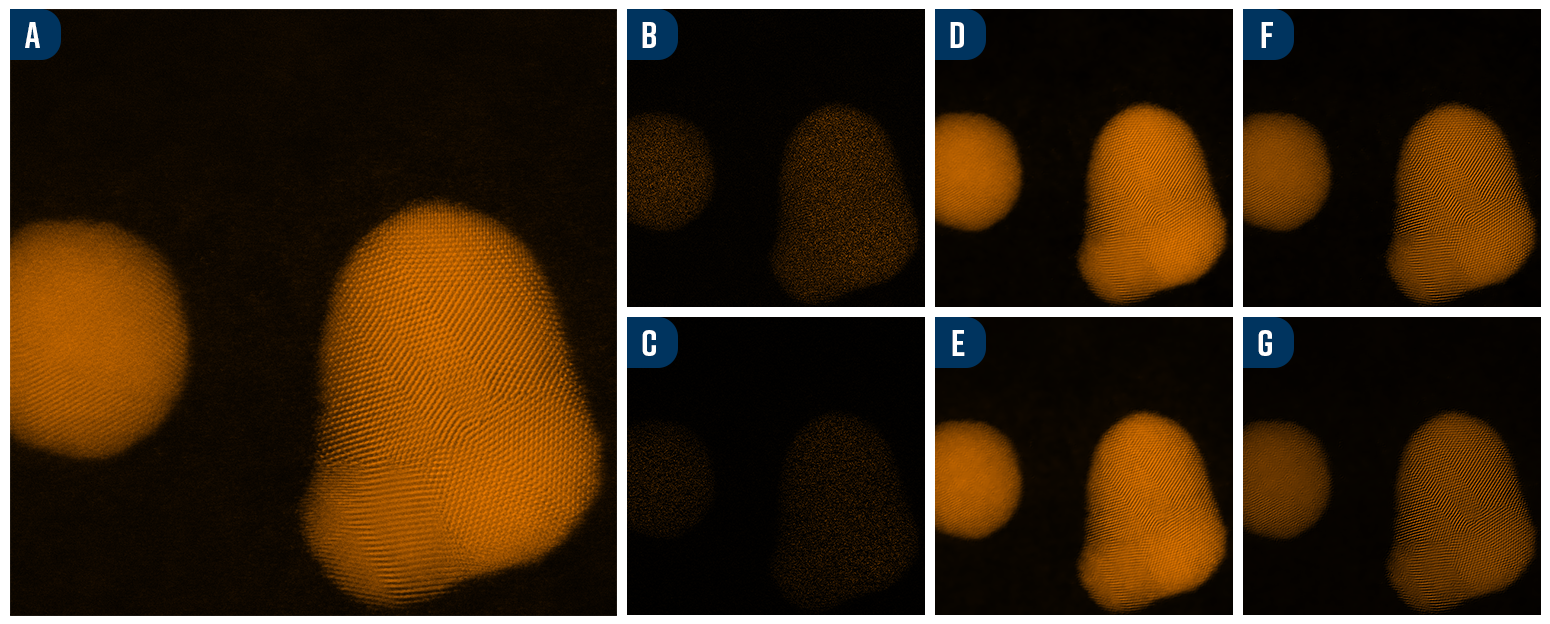
SenseAI reconstructions of a polycrystalline gold nanoparticle HAADF STEM image. Fully sampled raw acquisition (A), 4x subsampled image of the raw (B) (~25%), and 10x subsampled image of the raw (C) (~10%). The subsampled images are inpainted using SenseAI to form (D) and (E) respectively, and the inpainted images are processed to improve visual clarity using SenseAI “enhance” plug-in forming (F) and (G) respectively.
2D STEM - Unlock the Full Potential of 2D-STEM with SenseAI
2D-Scanning Transmission Electron Microscopy (2D-STEM) is a powerful but technically demanding technique. Traditional workflows are often limited by sample drift, beam-induced damage, and slow frame acquisition rates.
SenseAI transforms 2D-STEM into a live imaging technique, enabling real-time visualization of regions of interest. By intelligently subsampling the data, requiring less than 10% of the traditional dataset, SenseAI significantly reduces exposure time, minimizes beam damage, and increases imaging speed.
This advancement enables live, atomic-resolution analysis, allowing users to observe features as they appear, without compromising sample integrity. The reduction in electron dose makes it possible to capture accurate structural information without the artifacts typically introduced by prolonged beam exposure. Additionally, SenseAI improves system stability, mitigating the effects of drift and enhancing the reliability of high-resolution imaging.
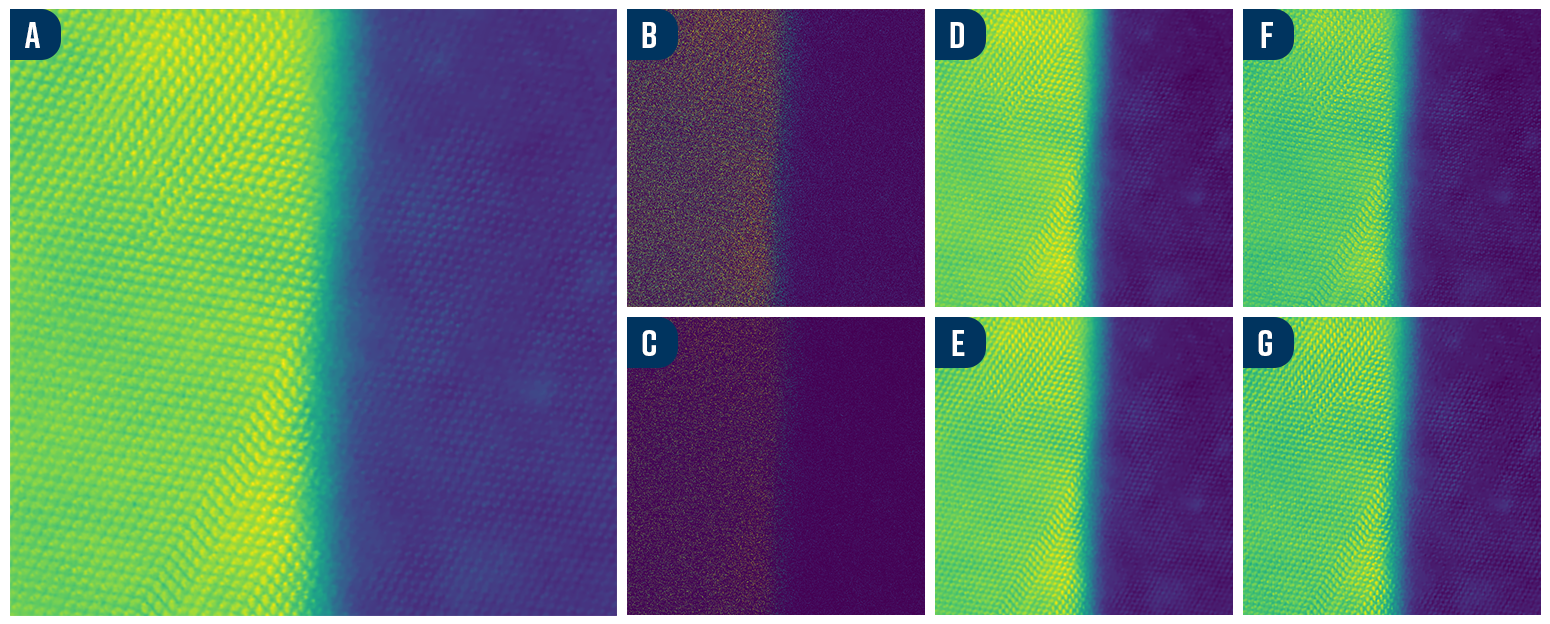
SenseAI reconstructions of cadmium telluride on silicon HAADF STEM image. Fully sampled raw acquisition (A) captured using HAADF STEM, 4x subsampled image of the raw (B) (~25%), and 10x subsampled image of the raw (C) (~10%). The subsampled images are inpainted using SenseAI to form (D) and (E) respectively, and the inpainted images are processed to improve visual clarity using SenseAI “enhance” plug-in forming (F) and (G) respectively.
4D STEM - Simplifying 4D-STEM with SenseAI
4D-Scanning Transmission Electron Microscopy (4D-STEM) has long been regarded as one of the most complex and experimentally challenging techniques in electron microscopy. Historically, its adoption has been limited by intricate workflows, low success rates, and significant technical barriers across alignment, data acquisition, and analysis.
SenseAI’s 4D-STEM solution changes this paradigm by dramatically streamlining the entire process—from setup through to data interpretation. The result is a more accessible, efficient, and practical platform for both experts and general users.
Live 4D-STEM allows users to dynamically image and analyze areas of interest in real time. Using less than 10% of the typical data volume, it reduces beam exposure while enabling atomic-resolution live analysis. By replacing the traditional static, high-dose approach with fast, low-dose subsampling, SenseAI reduces drift sensitivity and allows high-quality data collection even on less stable instruments.
Volume SEM - Accelerating Volumetric Imaging with SenseAI
SenseAI is fully compatible with FIB-SEM (Focused Ion Beam-Scanning Electron Microscopy) and SBF (Serial Block-Face) imaging, enabling efficient volumetric analyses across a wide range of sample types, including conventional block materials, resin-embedded specimens, and cryo-preserved samples.
By leveraging intelligent subsampling, SenseAI significantly reduces charging effects and beam-induced damage, preserving sample integrity throughout long imaging sequences.
SenseAI makes high-resolution 3D imaging faster, more cost-effective, and more accessible, allowing researchers to scale their volumetric studies without compromising data quality or resource efficiency.
A) Image of a cryo preserved Euglena gracilis, prepared by cryo FIB-SEM tomography, imaged at 25% subsampling. B) SenseAI reconstruction of A. All critical features of the sample are preserved with reduced charging, reduced electron dose, and reduced acquisition times.
Sense AI
Application Areas
High speed, Low dose electron microscopy
King’s College in London used SenseAI software to speed up imaging, reduce the beam dosage and improve contrast. Researchers experienced a 5x increase in imaging speed without any loss in data quality and reduced electron beam damage by as much as 80%.
Low Dose electron microscopy in the semiconductor industry
The CNR Institute for Microelectronics and Microsystems demonstrated that the use of SenseAI enabled them to subsample using just 10% of the original data and preserve sample integrity.
10x faster 4D STEM with only 10% of original dose
The Rosalind Franklin institute, a leading research institute in the UK, used the subsampling and inpainting features of SenseAI to reduce the fluences to 10% of the original dose and speed up imaging by 10X, facilitating real-time video for 4D STEM.


